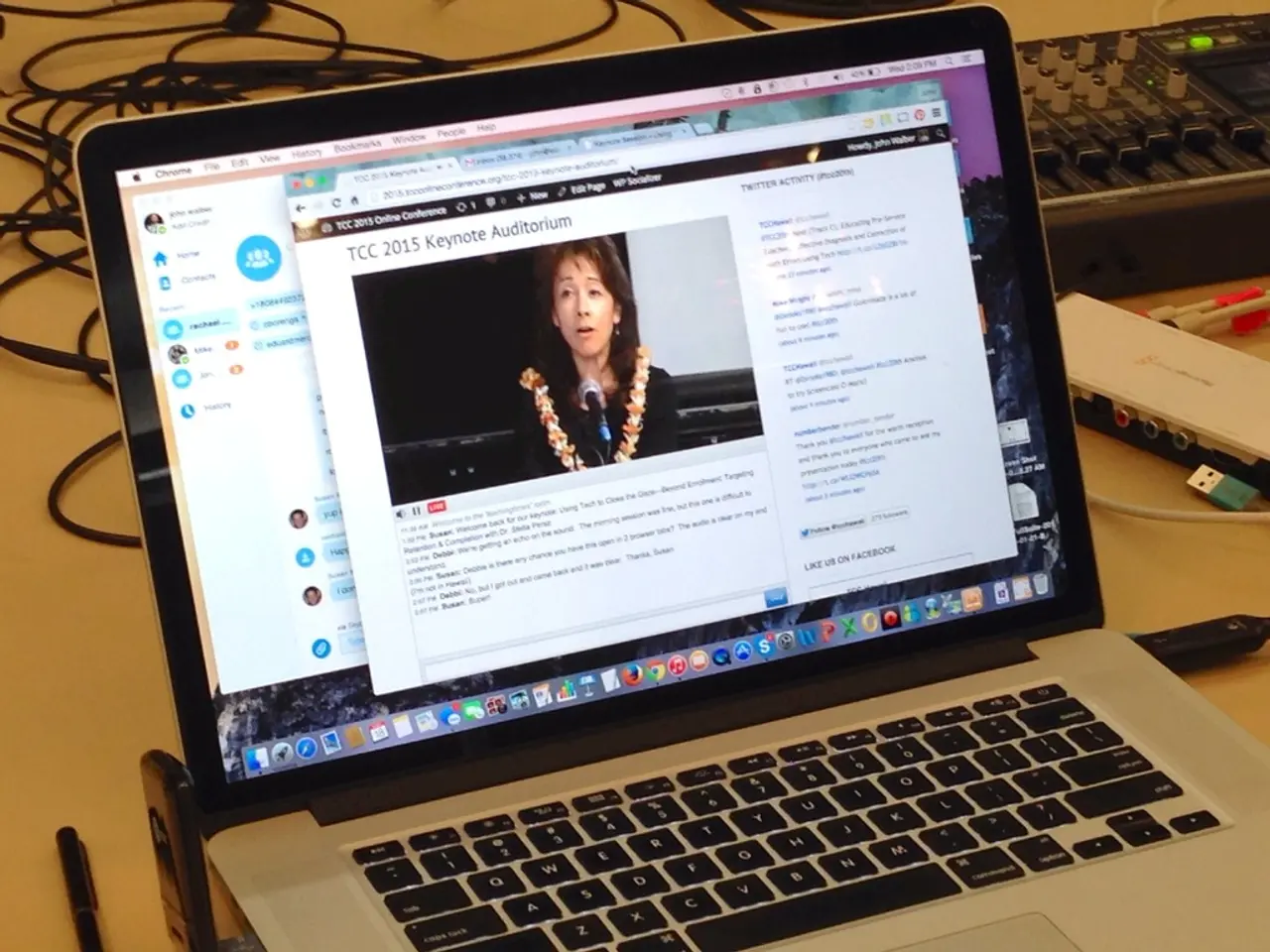Streamlining Task Beginnings: Enhancing Efficiency with Strategic Task Arrangement
Chunking, a strategy from the realm of cognitive psychology, plays a significant role in organizing information for easier processing and recall. This technique divides individual pieces of information into meaningful, manageable units, known as chunks, thereby reducing cognitive load and enhancing memory recall and processing efficiency.
By binding small pieces into larger wholes, chunking helps overcome the limitations of short-term memory capacity. This makes it easier to start tasks and maintain focus. When information is chunked, it forms strong associations within the chunk and weak associations between chunks, aiding in quicker retrieval and reducing the mental effort needed to manage complex tasks[1][5].
Moreover, chunking supports predictive processing by helping the brain anticipate upcoming information or steps in a task, which facilitates smoother task performance and initiation[2]. By creating structured "chunks" held in long-term memory, chunking enables individuals to draw on prior knowledge, simplifying novel or complex task demands. This ultimately fosters improved cognitive control, goal management, and planning—key components of productivity[1][4].
In contexts like cognitive rehabilitation, chunking strategies can enhance executive functioning skills such as planning and problem-solving, which directly translate into better task initiation and completion in daily activities[4]. Increasing awareness and recognition of chunks in learning contexts (e.g., language learning) improves functional understanding, which promotes more effective task engagement over time[3].
Employing chunking strategies can significantly improve productivity and lead to increased clarity and a greater sense of accomplishment. For instance, breaking down tasks into smaller units can help with task initiation and productivity. Keeping a list of completed tasks can help visualize progress and foster motivation. Phone numbers can be chunked as 123-456-7890 for easier memory.
However, it's important to note that chunking is not a one-size-fits-all solution for every task. On busy days, it can be useful to reduce procrastination and overwhelm by breaking tasks into smaller, manageable parts. The Pomodoro Technique, a time management strategy where you work in focused bursts of 25 minutes followed by a 5-minute break, can be a useful companion to chunking.
Chunking originates from cognitive psychology, particularly the work of George A. Miller in the 1950s. Today, it continues to be a valuable tool in various aspects of life, from managing daily tasks to learning new skills. By understanding and applying chunking strategies, individuals can improve their productivity, reduce overwhelm, and achieve a greater sense of accomplishment.
References: 1. Miller, G. A. (1956). The magical number seven, plus or minus two: Some limits on our capacity for processing information. The Psychological Review, 63(2), 81–97. 2. Engle, R. W., & Kane, M. J. (2004). Working memory and achievement: Implications for instruction. Educational Psychology Review, 16(3), 209–244. 3. Perfetti, C. A., & Stafura, J. (2014). Learning to read: The cognitive foundations of reading development. Psychology Press. 4. Baddeley, A. D., & Hitch, G. J. (1974). Working memory. The Psychologist, 17(4), 293–294. 5. Chi, M. T. H., Bassok, M., Lewis, M. S., Reimann, P., & Glaser, R. (1989). Self-explanations: How students study and use examples in learning to solve problems. Cognitive Science, 13(2), 145–182.
- Chunking, a strategy from cognitive psychology,assists in organizing information for easier processing and recall, thus reducing anxiety and increasing productivity.
- By dividing individual pieces of information into meaningful, manageable units, or chunks, the cognitive load is reduced, enabling better focus and time management.
- This strategy supports personal growth and education-and-self-development by fostering improved cognitive control, goal management, and planning, which are key components of productivity.
- Employing chunking strategies can help women, particularly in contexts like cognitive rehabilitation, enhance executive functioning skills and prioritization.
- In daily life, chunking can lead to a greater sense of accomplishment by making tasks seem less overwhelming and facilitating smoother task performance.
- Furthermore, chunking strategies are not limited to productivity; they can also be applied in education-and-self-development, such as language learning, to promote more effective task engagement and organization.




